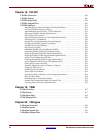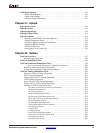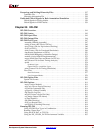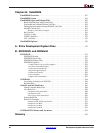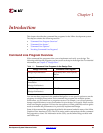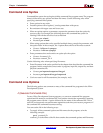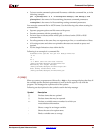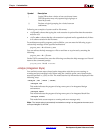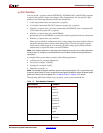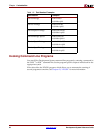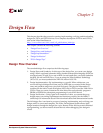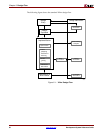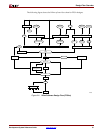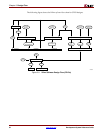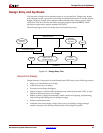
26 www.xilinx.com Development System Reference Guide
Chapter 1: Introduction
R
Following are examples of syntax used for file names:
• <infile[.ncd]> shows that typing the .ncd extension is optional but that the extension
must be .ncd.
• <infile<.edn>> shows that the .edn extension is optional and is appended only if there
is no other extension in the file name.
For architecture-specific programs, such as BitGen, you can enter the following to get a
verbose help message for the specified architecture:
program_name
–h architecture_name
You can redirect the help message to a file to read later or to print out by entering the
following:
program_name
–h > filename
On the UNIX command line, enter the following to redirect the help message to a file and
return to the command prompt.
program_name –h > & filename
–intstyle (Integration Style)
You can limit screen output, based on the integration style that you are running, to
warning and error messages only. When using the –intstyle option, one of three modes
must be specified: ise, xflow, or silent. The mode sets the way information is displayed in the
following ways:
–intstyle {ise | xflow | silent}
–intstyle ise
This mode indicates the program is being run as part of an integrated design
environment.
–intstyle xflow
This mode indicates the program is being run as part of an integrated batch flow.
–intstyle silent
This mode limits screen output to warning and error messages only.
Note:
The -intstyle option is automatically invoked when running in an integrated environment, such
as Project Navigator or XFLOW.
| Logical OR to show a choice of one out of many items.
The OR operator may only separate logical groups or
literal keywords.
( ) Encloses a logical grouping for a choice between
subformats.
Symbol Description



